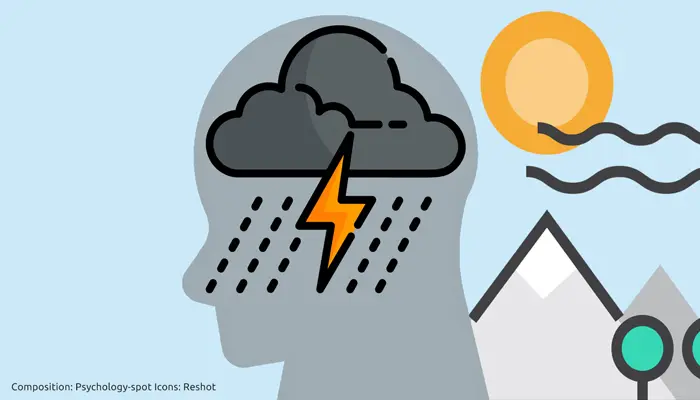
Social networks have become a showcase where we share our successes and show the good times. However, despite that patina of happiness, it is difficult to hide emotions such as sadness. Actually, the photos we post on social media say a lot more about us than we think.
The photos posted on Instagram, for example, provide a wide range of psychological information. The content of these photos can be coded taking into account a number of details: Are there more people present? Have they been taken in nature or indoors? Is day or night?
The Instagram metadata also provides additional information: Did you get any comments on the photo? How many ‘likes’ did it have? Of course, platform activity measures, such as usage and posting frequency, can also give clues to a person’s state of mind.
However, technical characteristics such as brightness, color, and filters can also provide clues to the emotional state of the person who uploaded it. Thus, it is possible to detect depression by photos on Instagram.
The clues that allow you to detect depression from photos on Instagram
In 2002, researchers from Towson University found a positive relationship between depression and the tendency to perceive the environment as gray or colorless. After interviewing 120 people diagnosed with depressive disorder, they concluded that “Sensitivity to color is affected during depression.”
Fifteen years later, Harvard University researchers wondered if sadness or even a tendency to depression could be predicted by analyzing variables such as hue, saturation, brightness, and filters of images uploaded to Instagram profiles.
These researchers analyzed 43,950 photos, some of which belonged to people who had been diagnosed with depression at some point in the past three years. After analyzing the images they found that “The photos published by depressed people tend to be bluer, darker and grayer.”
They also found that healthy people chose Instagram filters, such as “Valencia,” which gave their photos warmer, brighter tones. However, among depressed people the most popular filter was “Inkwell”, which is used to put the photo in black and white. In other words, depressed people were more likely to use filters that drained all color from the images they shared.
Interestingly, the algorithmic software that the researchers used to detect depression from Instagram photos identified correctly the disorder in 70% of cases, a high detection rate considering that a general practitioner only diagnoses 42% of cases of depression that come to the consultation.
Does depression really turn everything gray?
The colors speak of us. Another study developed at the University of Manchester revealed that healthy people tend to choose yellow to represent their mood while depressed people choose gray. In explaining their choice, they were referring to a dark mood and a colorless, monotonous and sad life. Depressed people admitted seeing everything “Gray, cloudy, monotonous and colorless.”
Researchers at the University of Freiburg went one step further to check whether it is a subjective association or not. They placed electrodes on the lower eyelids and ears of 40 depressed people and 40 healthy participants to measure the electrophysiological response of the retina to blinking black-and-white checkerboards.
They found that people with depression had difficulty perceiving the contrast gain as the squares changed from white to black. That means that the depressed person could see the world with less contrast, as if the colors have been blurred.
This change in contrast perception could be caused by the fact that receptive fields in the retina, which are critical for perceiving contrast, are affected by the action of dopamine, one of the neurotransmitters that decrease in depression.
Sources:
Reece, A. G. & Danforth, C. M. (2017) Instagram photos reveal predictive markers of depression. EPJ Data Science; 6: 15.
Carruthers, H. R. et. Al. (2010) The Manchester Color Wheel: development of a novel way of identifying color choice and its validation in healthy, anxious and depressed individuals. BMC Medical Research Methodology; 10: 12.
Bubl, E. et. Al. (2010) Seeing gray when feeling blue? Depression can be measured in the eye of the diseased. Biol Psychiatry; 68(2):205-8.
Barrick, C. B. et. Al. (2002) Color sensitivity and mood disorders: biology or metaphor? J Affect Disord; 68(1):67-71.



